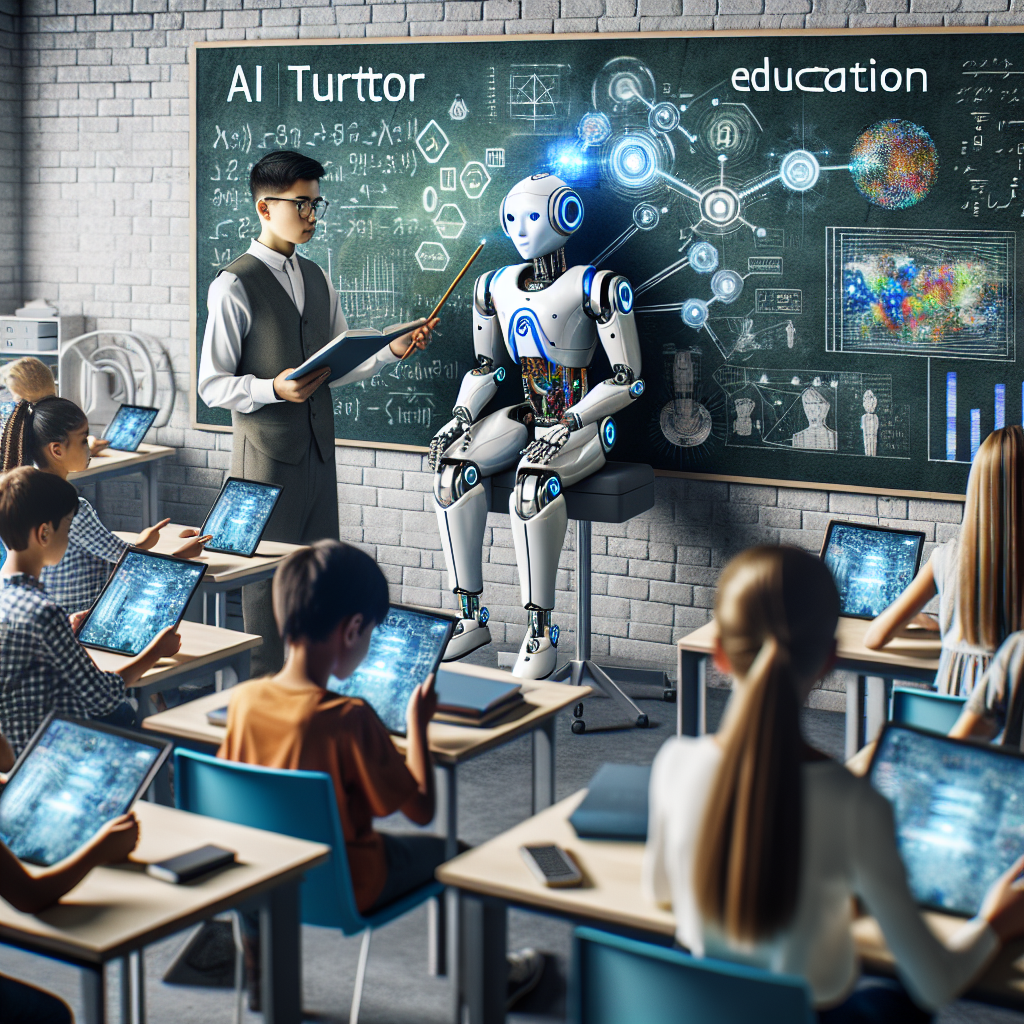Artificial Intelligence (AI) transcends the realm of science fiction; it is a transformative force reshaping the educational landscape. From personalized learning to enhanced administrative efficiency, AI is ushering in a new era in education that improves both teaching and learning. Let’s explore how AI is transforming the classroom experience.
Tailored Learning Experiences
One of the key benefits of AI in education is its capability to provide personalized learning experiences. Traditional educational methods often adopt a one-size-fits-all approach, which can leave some students feeling disengaged or overwhelmed. AI-driven platforms, like adaptive learning systems, analyze individual student performance and learning styles, allowing for customized educational content.
These systems can identify real-time strengths and weaknesses, enabling educators to modify their strategies and materials. Consequently, students receive the support they need to succeed, fostering a more engaging and effective learning atmosphere.
Smart Tutoring Systems
AI-powered tutoring systems are becoming vital tools for bridging the divide between classroom instruction and individual learning needs. These systems can deliver immediate feedback and assistance beyond traditional classroom hours. For instance, platforms like Carnegie Learning use AI algorithms to adapt to student responses, guiding them through problem-solving steps.
Smart tutoring systems also promote self-paced learning, enabling students to advance at their own speed. This flexibility can lead to a deeper grasp of the material and higher retention rates.
Improved Administrative Efficiency
Besides enhancing the learning experience, AI streamlines administrative tasks, allowing educators to focus more on teaching. Processes such as grading, scheduling, and data management can be automated through AI technologies, lightening the administrative load on teachers and educational institutions.
For example, AI algorithms can quickly grade multiple-choice tests and provide insights into class performance trends. This data-driven approach helps educators identify areas needing improvement and supports informed decision-making.
Forecasting Student Outcomes
AI’s ability to analyze large datasets is invaluable for predicting student outcomes and developing strategies to enhance them. By leveraging predictive analytics, educators can spot students at risk of falling behind, enabling timely interventions tailored to individual needs.
Furthermore, educational institutions can use data to improve curricula, optimize resource distribution, and enhance overall educational strategies. This proactive approach is critical in today’s competitive educational landscape.
Promoting Accessibility and Inclusivity
AI technologies significantly contribute to fostering inclusivity in education. For instance, real-time translation and speech recognition tools can aid non-native speakers and individuals with disabilities. AI-enabled applications can convert spoken language into written text, making content accessible for students with hearing impairments.
Additionally, AI can help create tailored learning plans for students with special needs, ensuring every learner has an equal opportunity to succeed.
Enhancing Engagement Through Gamification
Integrating AI into gamified learning environments can also boost student engagement. AI algorithms can adapt game mechanics to fit individual preferences, making learning more interactive and enjoyable.
For example, platforms like Kahoot! utilize AI to create personalized quizzes and learning games that resonate with students. This innovative approach not only makes learning enjoyable but also encourages competition and collaboration among peers.
Challenges and Considerations
Despite its numerous benefits, integrating AI into education comes with challenges. Issues like data privacy, algorithmic bias, and the digital divide must be addressed to ensure ethical and equitable AI technology implementation.
Educators, policymakers, and technology developers need to collaborate to establish guidelines that protect student information while harnessing the potential of AI solutions.
Conclusion
AI is undoubtedly transforming education, presenting unique opportunities for personalization, efficiency, and inclusivity. As educational institutions continue to adopt AI technologies, they can cultivate enriched learning environments that meet diverse student needs. While challenges persist, the potential for AI to redefine teaching and learning is boundless, paving the way for a more engaging, efficient, and effective educational future.
By embracing AI, we can ensure that education not only keeps pace with technological advancements but also prioritizes the needs of every learner, setting the stage for lifelong learning.

